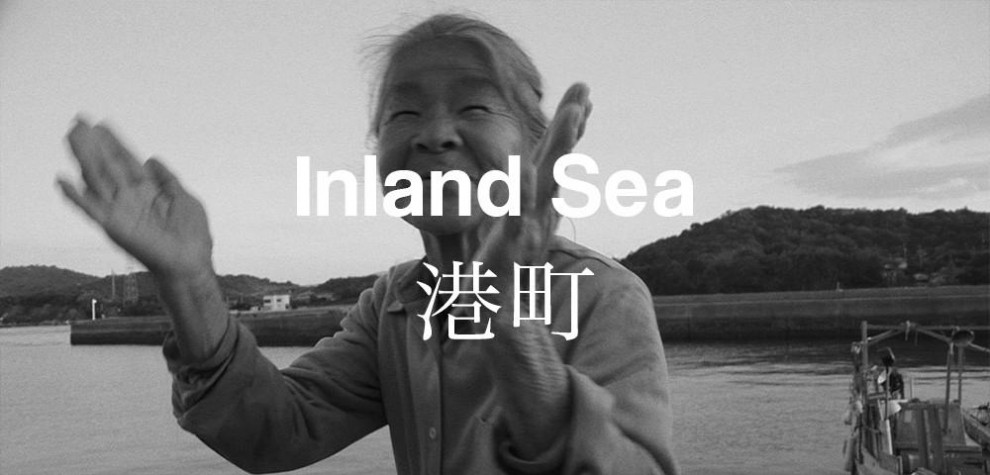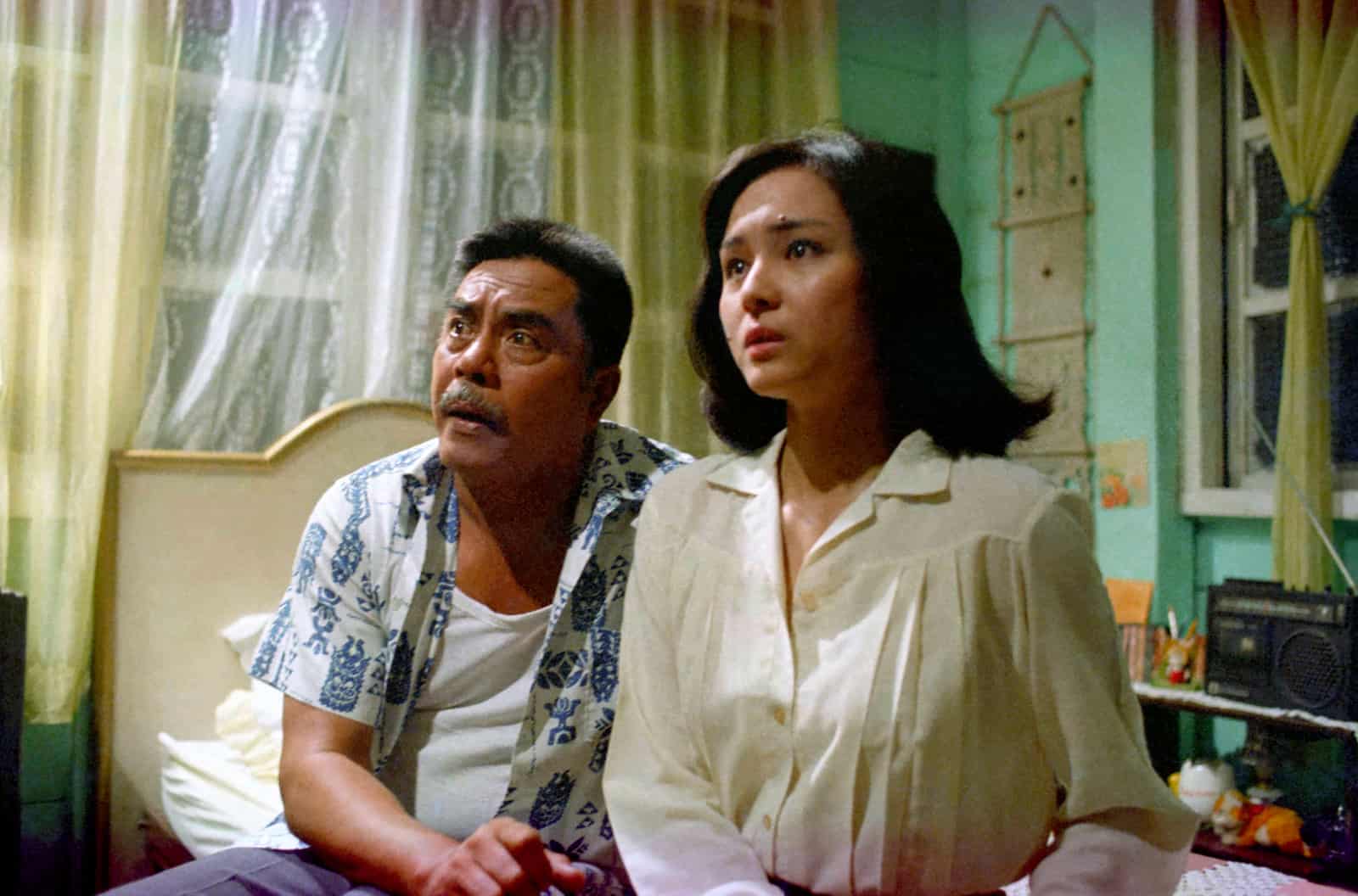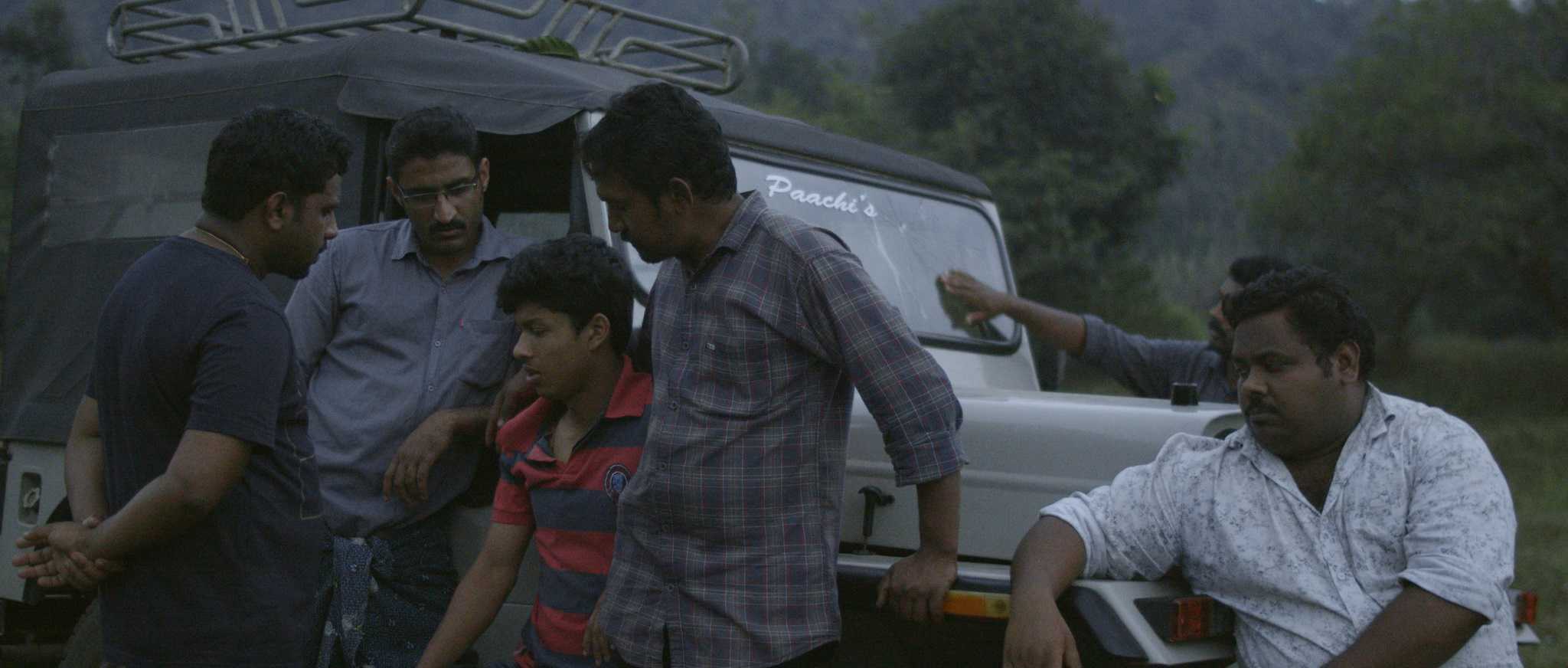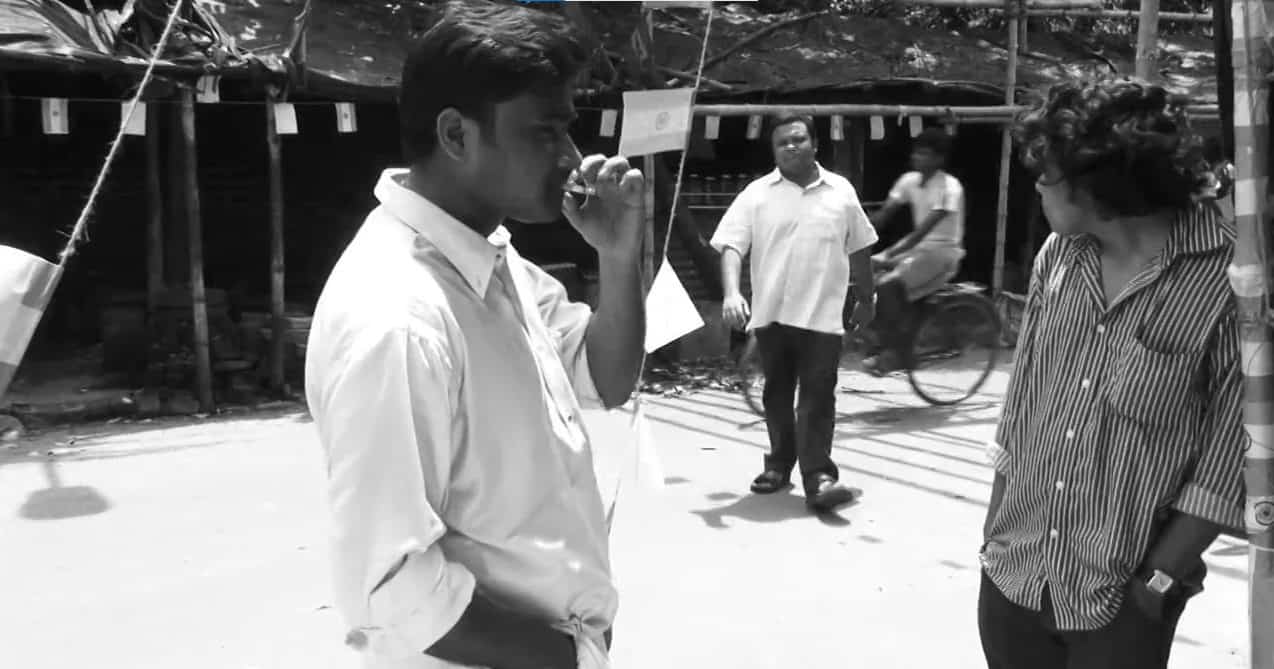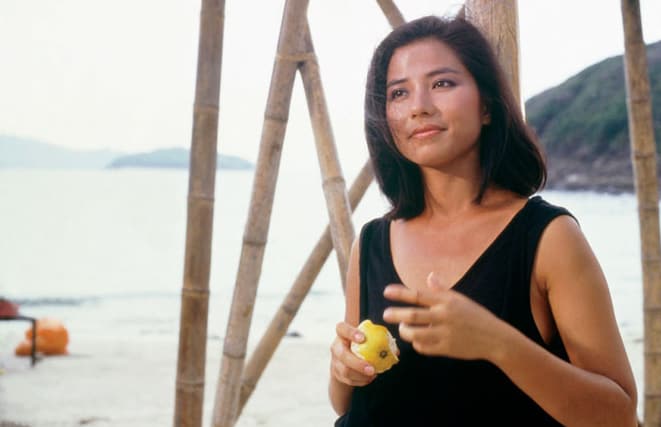Watching Kazuhiro Soda's films is not an easy task, since the New York based Japanese director has his own set of cinematic “commandments”, which he implements to the letter. Namely,
1 No research.
2 No meetings with subjects.
3 No scripts.
4 Roll the camera yourself.
5 Shoot for as long as possible.
6 Cover small areas deeply.
7 Do not set up a theme or goal before editing.
8 No narration, super-imposed titles, or music.
9 Use long takes.
10 Pay for the production yourself.
These rules result in highly unusual spectacle, even in the field of observational documentaries.
“Inland Sea” is streaming on MUBI
In this case, Soda takes a 122-minute look at Ushimado, a fishing village in the Inland Sea, which seems to walk steadily towards extinction. His main focus are three individuals, fisherman Wan-chai, Mrs Kosa, the owner of the shop where Wan-chai sells his fish and lastly Kumiko, the local gossip and the source of the most extreme stories heard in the film.
As we listen to Wan-chai explaining the reason his profession is wavering (cost is increasing while selling value decreases) one cannot but feel the parallel with the declining of the village, which seems that will be gone as soon as the “protagonists” of the film are laid to rest. This sense of melancholy permeates the documentary, and is actually only broken by the feisty Kumiko, whose stories of kidnapped sons and other intense events are the main source of folklore but also of entertainment in the movie.

The self-imposed rules allow Soda to create a rather realistic portrait of the village and its inhabitants, stripped of almost any cinematic tactics, much like a local (not a tourist though) wandering around and capturing whatever comes in front of him with his camera. The approach is unusual, but it seems to work since the inhabitants are quite open about their lives, which results in a rather thorough portrait of both them and the village, which seems to be the main objective of the observational documentary. Furthermore, the monochrome approach seems to fit both the subject and Soda's tactics in the best fashion.

On the other hand, getting used to these tactics is not the easiest thing to do, since entertainment as most of viewers perceive it, is almost nowhere to be found (maybe except the presence of cats), courtesy of the ten rules, while the duration of the film does not help in that regard at all. Of course, criticizing the editing of a director whose rule is “shoot for as long as possible” seems futile, so I will not comment more on that.
Kazuhiro Soda has chosen a rather difficult path for his works, which have value but are difficult to watch, at least for the whole of their duration. However, watching at least one of his movies is definitely an experience, if only for their uniqueness.


